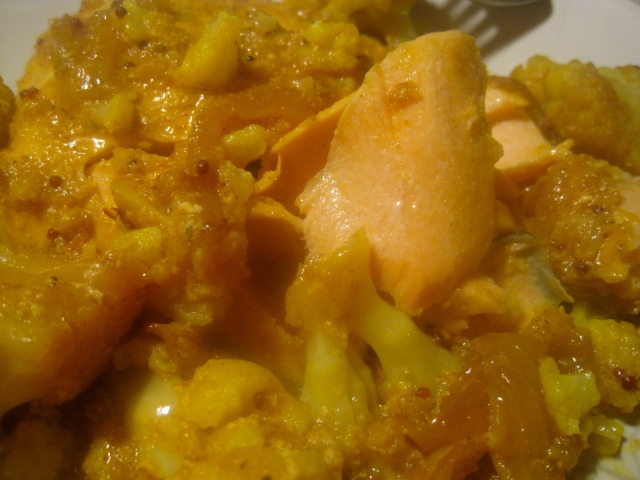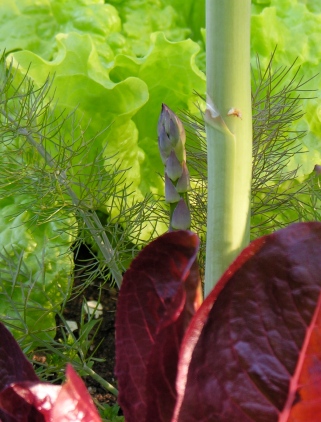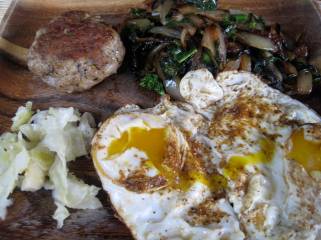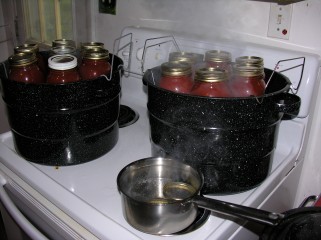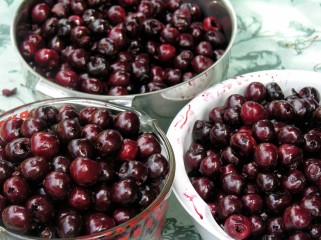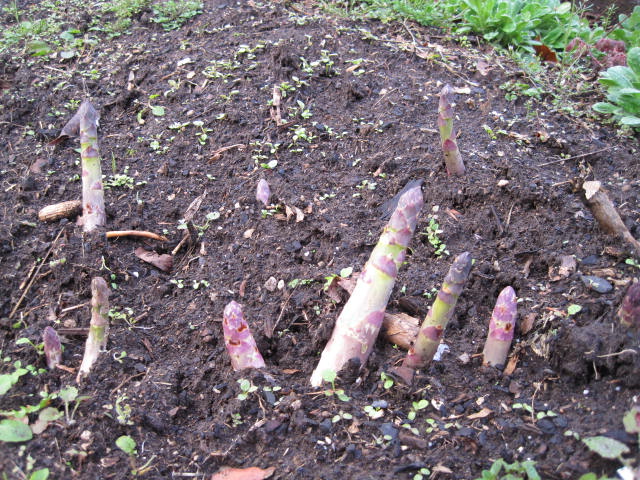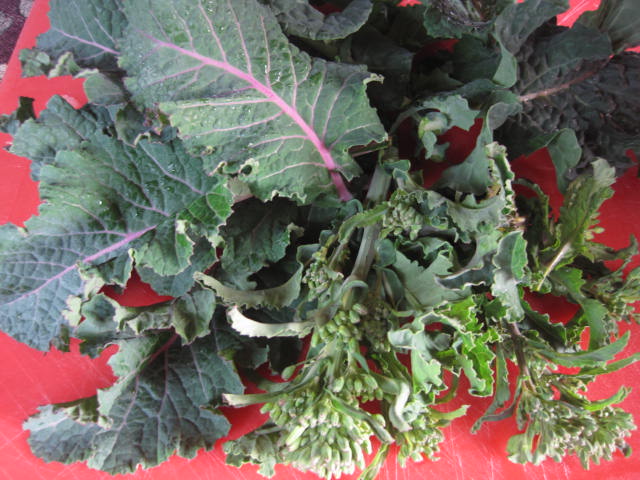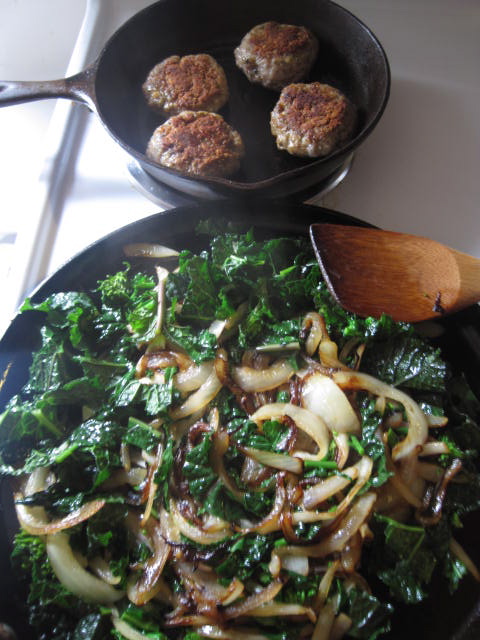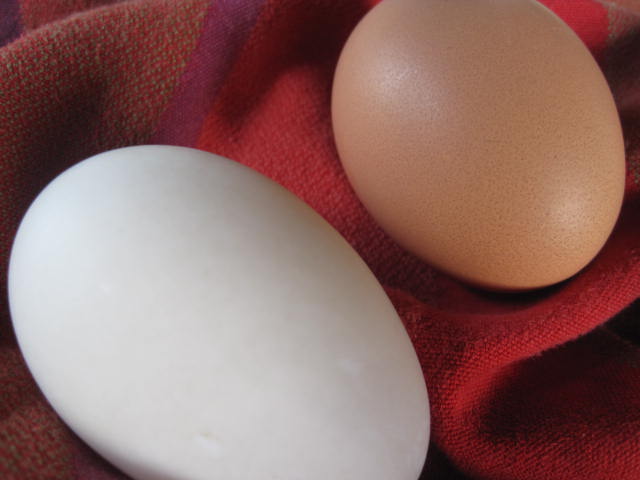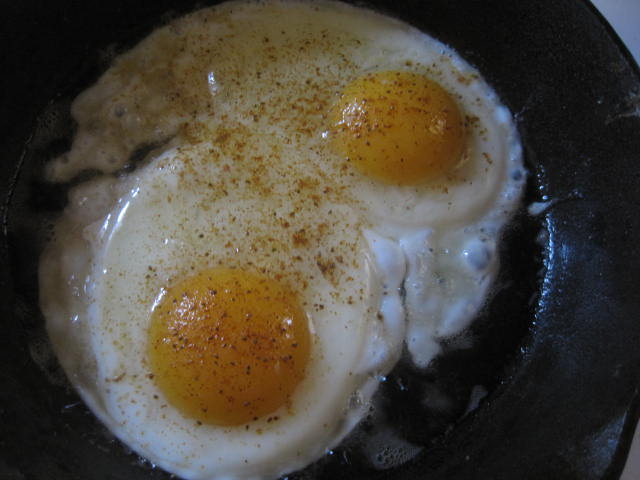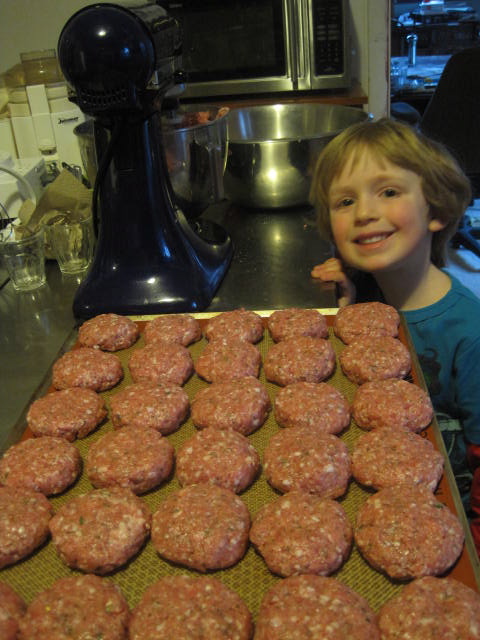A little over two years ago, my health went into a serious decline. I was tired all the time. I had chronic pain throughout my body. My memory had become completely unreliable and I had trouble concentrating. I was losing my ability to function as a homeschooling mother of two, community activist, and small business owner. I had gone to many doctors about my various complaints, but none of them had been able to help with my list of vague symptoms.
Through a series of chance conversations and research, I came to understand that I have an autoimmune condition known as Hashimoto’s thyroiditis, the most common form of hypothyroidism. While a decade before I had been diagnosed as “mildly hypothyroid” and told my thyroid gland was not making enough thyroid hormones, none of my doctors had mentioned the possibility of an autoimmune aspect to my condition or suggested that I do anything other than take a daily thyroid hormone replacement pill for the rest of my life.
I began to see a naturopath experienced with Hashimoto’s. Lab tests she ordered confirmed my self-diagnosis. My body is manufacturing antibodies which attack my thyroid gland. This immune system attack suppresses the thyroid’s function and slows the entire metabolism. My list of vague symptoms were all due to inadequate treatment of my autoimmune condition, but the good news is alternative health care providers are reversing this disease with a protocol of dietary changes and supplementation developed by Dr. Datis Kharrazian, a specialist in endocrinology.
While I already knew a lot of people who had experienced healing after removing gluten from their diet and had cut down significantly on my wheat consumption, I didn’t eliminate it completely until I became desperate. Within a week of quitting however, I noticed improvements to my digestion and mental function. With more changes came more improvements.
Today, I follow an autoimmune gut repair diet, free of not only of gluten but all grains, sugar, legumes, nightshades, and caffeine. I feel better than I have in ten years. After struggling with my weight all my adult life, I’m finally losing it, with a balanced diet of pastured meat, wild caught fish, and seasonal vegetables, enriched with healing super foods like broth, ghee, and kimchi. My energy has returned, my chronic pain is diminished. Recent blood work showed that all my health markers are improving remarkably. My thyroid antibody levels, for example, dropped for the first time in two years of testing, by half over a six month period of intense dietary change. Food heals!
Annabel’s Story

Annabel, about a week after her last dose of anti-convulsant meds!
In late 2011, after a series of partial seizures, my daughter Annabel was diagnosed with epilepsy. At first, her doctor said she did not require medication. In January of 2012, though, she experienced a seizure episode known as status epilepticus, a lengthy and potentially life-threatening seizure that only stopped when EMTs gave her a powerful tranquilizer. She was hospitalized for a day of observation. The SE episode was a game-changer and her neurologist advised us to put her on an anti-convulsant to prevent further such episodes. We reluctantly agreed.
As my husband and I were concerned about the many side effects of her new medication, I began researching alternatives before she even came home. I learned about fat-rich, low-carb diets that control seizures in children whose seizures were not controlled by medication. Why not try it with our daughter, instead of medication? While her neurologist discouraged us from even trying, saying it was “too hard,” she clearly did not realize who she was trying to discourage. I was determined to do whatever I could to keep Annabel seizure-free, but also off a medication so potentially damaging that her liver function was to be tested every three months while she was on it. I put her on the Modified Atkins Diet soon after she got home, with the intention of weaning her off medication as soon as possible.
It wasn’t easy. Transitioning a child who loves French fries, pasta, bread, and sweets just as much as the next kid to a diet that limited her to 10 grams of carbohydrates a day challenged both of us tremendously. I knew her compliance depended on having foods that she could enjoy, so I scoured the internet and cookbooks for ketogenic recipes. As I learned keto cooking tricks, I began coming up with modifications for our family favorites that were safe for her. We celebrated her ninth birthday with ketogenic cupcakes.
Eventually it worked. Our daughter’s seizures diminished in frequency and severity. We noticed that when she did have seizures, they almost always occurred after she “cheated” on her diet. On July 22nd, she took her last dose of medication, six months to the day after her first. She has remained seizure-free since and while she maintains her low-carb diet, she can now an enjoy occasional honey-sweetened treat. Once again, food heals!
Turning Our Challenges into a Blessing
While healing my daughter and myself with diet, I learned a lot about cooking nutrient-dense meals that comply with multiple restrictions. The learning curve, for someone like me who loves cooking, was steep. If you don’t have a knack or passion for planning, shopping, and preparing meals, especially special diet meals, and are sick or caring for a loved one with special needs, getting satisfying meals on the table night after night can seem next to impossible. So, I have decided to become a personal chef to help others who struggle with their health and need more nourishing food to heal. I’ll still teach cooking classes as there is interest and will also offer private cooking lessons and kitchen coaching.
I’ve launched an Indiegogo campaign to raise the funds I need to re-launch Lost Arts Kitchen. I have some fun perks for contributions small and large. Even if you cannot make a cash contribution now, it would mean so much to me if you could spread the word. Please tweet, share on Facebook, or send an email to friends who would like to support my campaign. Thank you!

